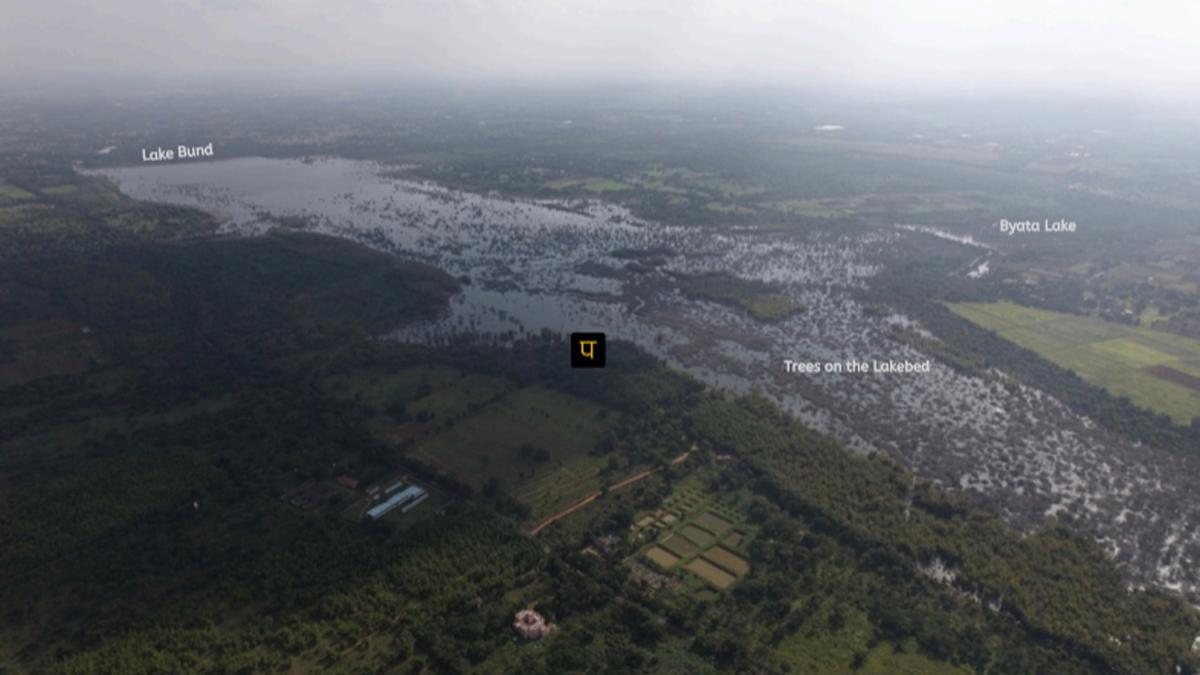
49% of lake areas are covered with trees and shrubs: Report
The Hindu
Report reveals 49% of Bengaluru Urban lake areas covered with trees and shrubs, highlighting impact of invasive planting.
A recent report on the impact of planting invasives on lakes in Bengaluru Urban has revealed that 49% of lake areas are covered with trees and shrubs.
According to a report by Paani.Earth on “Assessing the scale and impacts of planting invasives on lakes in Bengaluru Urban and its surrounding districts”, the Forest Department has actively planted exotic and invasive tree species across lake beds since the 1990s. As a result of this, there has been an increase in forest cover.
The report states that, according to data from the European Space Agency (ESA) World Cover 2021, 49% of lake beds are covered with trees and shrubs, with specific areas like Anekal Taluk experiencing even higher coverage at 57%.
“In some instances, entire lakes have transitioned into forest-type woodlands or tree parks,” the report states.
The Paani.Earth team comprising Nirmala Gowda, Madhuri Mandava and Khushbu Birawat said in the report that trees are typically planted around the peripheries of lakes where they serve as riparian buffer zones.
“In these zones, trees play crucial roles in maintaining lake ecosystem health by filtering pollutants, stabilizing shoreline soils, providing habitat for diverse wildlife, regulating water temperature through shading, maintaining stream channel structures by reducing runoff velocity, and absorbing excess water during heavy rainfall to mitigate flood risks,” the report said.
However, the report said when trees, especially invasive and exotic species, are extensively planted directly on lake beds, they pose significant problems. The team utilised the ESA Copernicus Sentinel 2 imagery to assess the mature tree coverage across the lakes in the Hesaraghatta Lake catchment of the Arkavathi River Basin.













